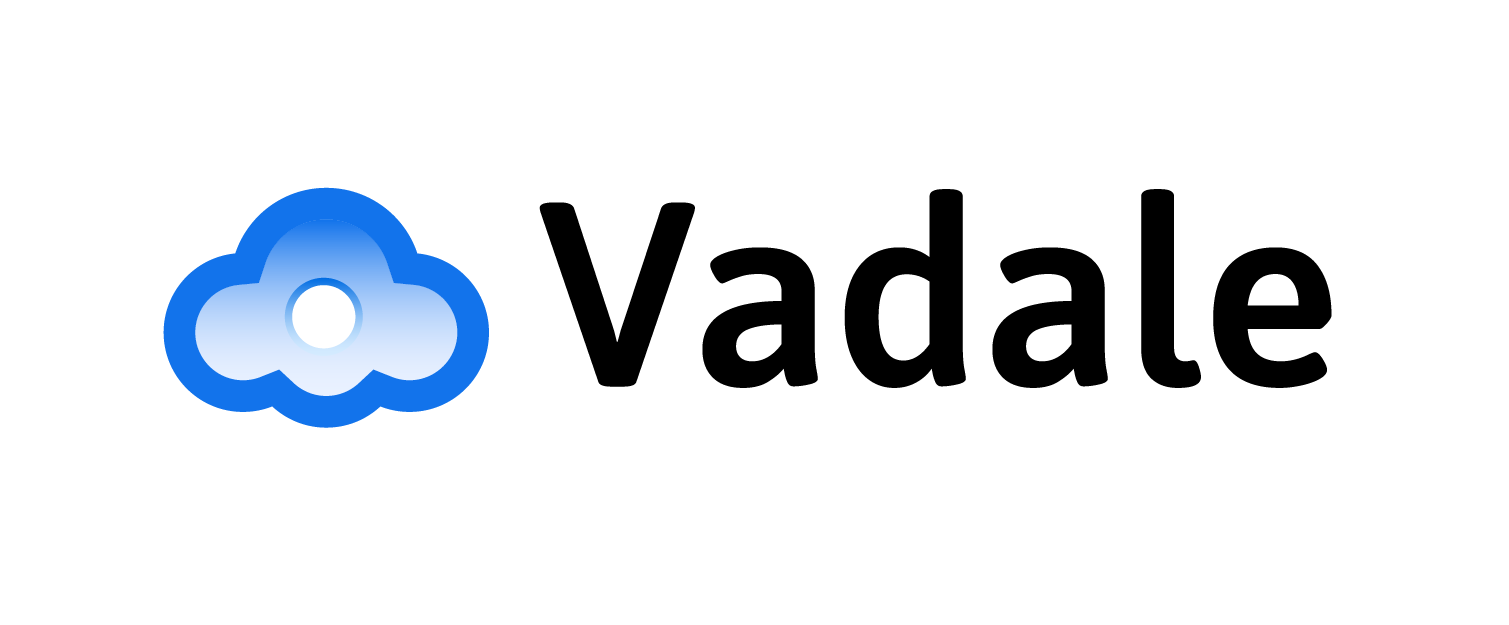Cloud computing continues to evolve at a rapid pace, transforming the way businesses operate and deliver services. As we look ahead, several key trends are shaping the future of cloud computing, driving innovation, and redefining the IT landscape. Here are some trends to watch:
Multi-Cloud and Hybrid Cloud Adoption Organizations are increasingly adopting multi-cloud and hybrid cloud strategies to leverage the strengths of different cloud providers and deployment models. This approach allows businesses to avoid vendor lock-in, optimize costs, and enhance flexibility and resilience. Expect to see continued growth in multi-cloud and hybrid cloud deployments as organizations seek to maximize agility and innovation while managing complexity and risk.
Edge Computing and IoT Integration The proliferation of Internet of Things (IoT) devices and the need for real-time data processing are driving the adoption of edge computing architectures. By bringing computing resources closer to the point of data generation, edge computing enables low-latency applications and improves performance for IoT and other latency-sensitive workloads. Cloud providers are investing heavily in edge computing capabilities to support emerging use cases such as autonomous vehicles, smart cities, and industrial automation.
The Future of Cloud Computing: Trends to Watch
AI and Machine Learning Integration Artificial intelligence (AI) and machine learning (ML) are becoming integral components of cloud computing, enabling advanced analytics, automation, and decision-making capabilities. Cloud providers are offering AI and ML services that make it easier for developers to build, train, and deploy intelligent applications without requiring specialized expertise. As AI and ML technologies mature, expect to see increased integration with cloud platforms, driving innovation and unlocking new opportunities for businesses across industries.

Serverless Computing and Microservices Architecture Serverless computing and microservices architecture are revolutionizing the way applications are developed, deployed, and managed in the cloud. Serverless platforms abstract away infrastructure management, allowing developers to focus on writing code and delivering value to customers faster. Microservices enable greater agility, scalability, and resilience by breaking applications down into smaller, loosely coupled components. As organizations embrace cloud-native development practices, serverless computing and microservices architecture will continue to gain traction, driving innovation and accelerating digital transformation.
- Cloud Migration Solutions
- Infrastructure Optimization Services
- Data Migration and Integration
- Cloud-native Application Development
- Disaster Recovery Solutions
Best Practices for Cloud Infrastructure Scaling
Security and Compliance Challenges With the increasing adoption of cloud computing comes heightened concerns around security and compliance. Protecting sensitive data, ensuring regulatory compliance, and mitigating cyber threats are top priorities for organizations migrating to the cloud. Cloud providers are investing in advanced security technologies such as encryption, identity and access management, and threat detection to address these challenges. However, managing security and compliance in the cloud remains a shared responsibility between cloud providers and customers. Expect to see continued focus on enhancing cloud security and compliance capabilities to address evolving threats and regulatory requirements.
Data Migration and Integration
The future of cloud computing is bright and full of promise, driven by rapid technological advancements, evolving customer demands, and emerging use cases. By embracing trends such as multi-cloud and hybrid cloud adoption, edge computing and IoT integration, AI and machine learning integration, serverless computing and microservices architecture, and addressing security and compliance challenges, organizations can unlock the full potential of the cloud and drive innovation and growth in the digital economy.




